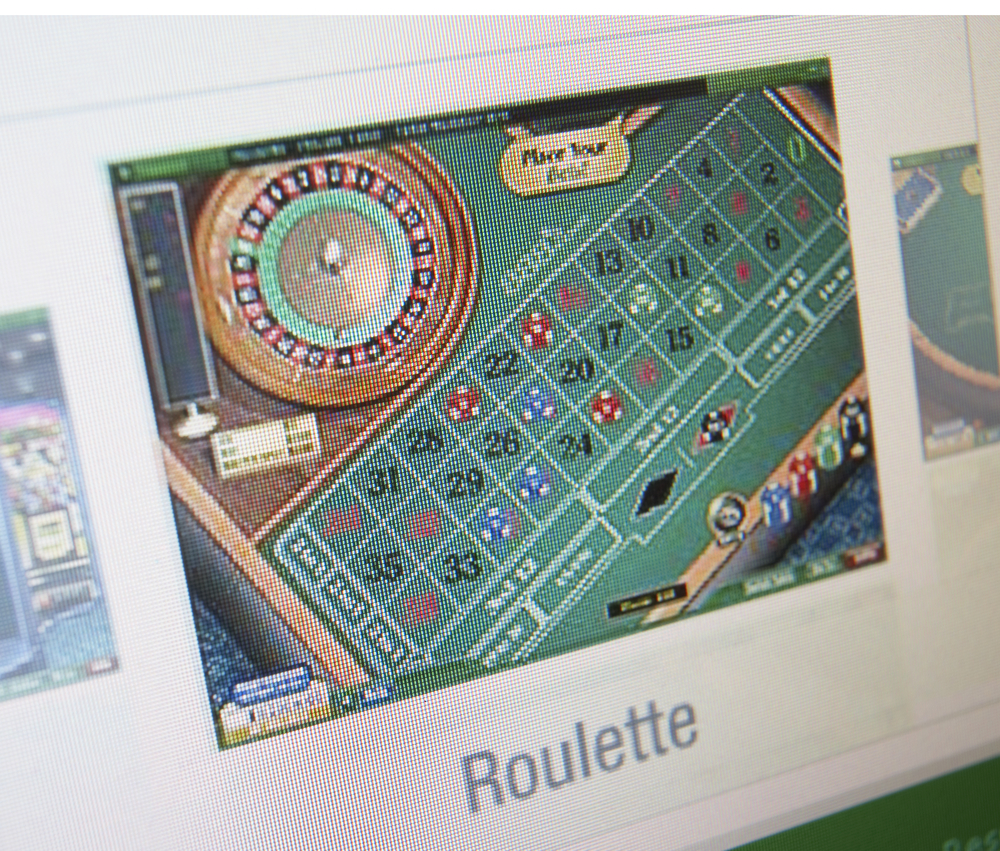Within the vibrant and exciting world of gaming establishments, where luck and tactics intertwine, hues and aesthetic play a critical role in attracting players. From the moment visitors step inside a casino or access a gaming platform, they are immersed in a sightly feast that captures their attention and entices them to discover more. Bright colors, engaging graphics, and innovative layouts are carefully crafted to create an atmosphere of excitement and anticipation, ultimately improving the gaming encounter. F8BET
While gamblers navigate through the dynamic landscape of casino games, they encounter a range of designs that not only serve aesthetic purposes but also affect emotions and decision-making. Hues like red and yellow symbolize riches and luck, while soothing navy and greens can create a more tranquil environment. Understanding how these elements function together allows casinos to create an inviting and stimulating atmosphere that encourages players to interact with the games, spend additional time at the tables, and boost their overall enjoyment.
The Science of Color in Casino Games
Tint plays a critical role in the development of casino games, influencing players’ feelings and responses. Bright and striking hues, such as scarlet and gold, are often used to ignite excitement and draw notice. These shades create a sense of urgency and energy, encouraging players to participate more eagerly with the activity. By intentionally selecting tints, designers aim to inspire feelings of satisfaction and expectation, which can enhance the complete player experience.
Distinct hues also have psychological connotations that can influence how participants perceive their chances of winning. For case, green is frequently associated with good fortune and abundance, making it a frequent choice in activities like the roulette wheel and poker setups. This association can cause players to feel more hopeful and self-assured in their play, ultimately motivating them to wager more. Comprehending these links allows game developers to craft environments that enhance player happiness and retention.
In addition, the interface of casino game interfaces often uses color gradients and differing shades to instruct players’ actions. For instance, winning outcomes may be accentuated with bright, opposing shades, creating a visual cue. This approach strengthens favorable outcomes and encourages repeated gameplay. By utilizing the science of color, gambling establishments can design games that not only captivate participants but also maintain them interested and dedicated in their play experience.
Creative Features that Engage Players

The visual appeal of casino games is primarily influenced by the implementation of bold colors. Lively and contrasting colors are strategically chosen to create an inviting atmosphere that grabs attention. For instance, crimson and golden hues often signify good fortune and prosperity, which is why they are prevalent in the color schemes of slot machines and game surfaces. These colors not only attract players in, but they also stir emotions associated with thrill and anticipation, enhancing the total gaming experience.
In parallel to color, the design and organization of casino games play a crucial role in player attraction. Games are designed to be intuitive, ensuring that players can quickly understand the guidelines and gameplay. Accessible interfaces, along with captivating graphics and motion, help maintain player interest and promote longer play sessions. The tactile elements, such as the texture of the controls and the audio of the games, also add to a comprehensive sensory experience that keeps players engaged.
In conclusion, conceptual elements in gaming design can significantly influence gaming decisions. F8BET80.ONE Many casino games are inspired by popular culture, fairy tales, or exploration motifs, featuring symbols and characters that connect with players. These themes create a sense of engagement and relatability, making each game feel unique. When players feel a bond to the theme, they are more likely to opt for that game over others, leading to higher participation and excitement within the gambling environment.
Case Studies: Effective Casino Game Designs
One key example of successful casino game design is the acclaimed slot machine series themed around popular movies. Games such as those based on the The Wizard of Oz and Game of Thrones utilize bright colors and superior graphics to engage players in recognizable narratives. The application of moving visuals and engaging sound effects takes the interest of players, establishing an emotional connection to the theme. This tactic not just encourages longer play but also boosts the overall gaming experience, resulting in increased player retention.
Another effective case is the use of color psychology in table games like blackjack and roulette. Casinos often design these games with dark reds and greens, colors traditionally connected with luck and wealth. For instance, the emerald felt on a blackjack table provides a calming effect, while the red accents in roulette invite excitement. This deliberate use of color helps to create an inviting atmosphere that motivates players to participate, satisfying their psychological impulses and boosting their enjoyment.
Finally, social casino games that feature community features and vivid, lively designs have achieved remarkable success in engaging players. Games like Zynga’s Poker and Slotomania leverage bright colors and playful animations to establish an inviting online environment. The integration of leaderboards, social sharing options, and in-app rewards encourages competition and community, pulling players in for longer sessions. Such designs merely make the games visually appealing but also emphasize social interaction, a crucial factor in player retention and engagement within online casino environments.